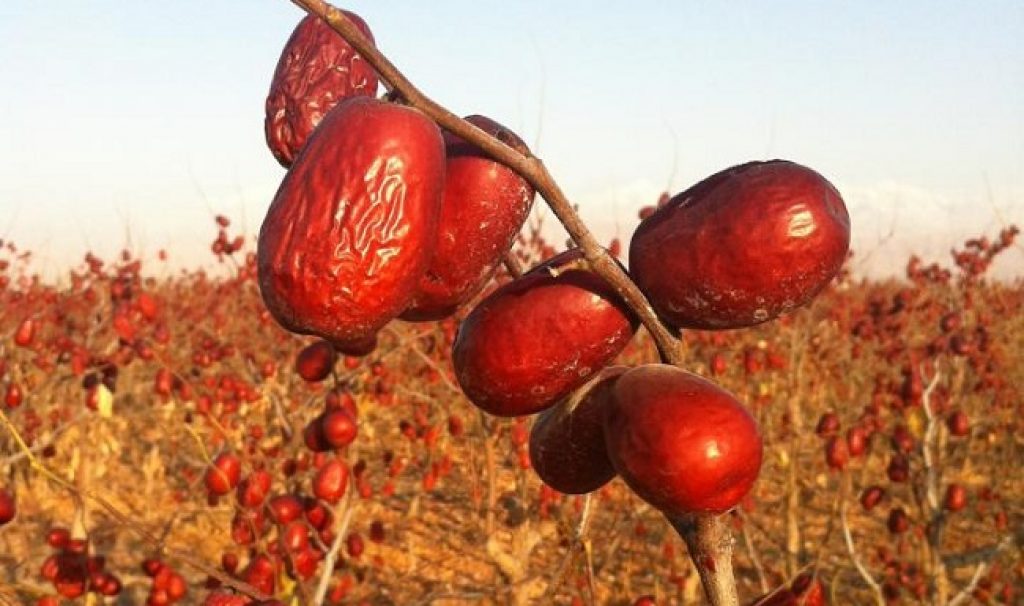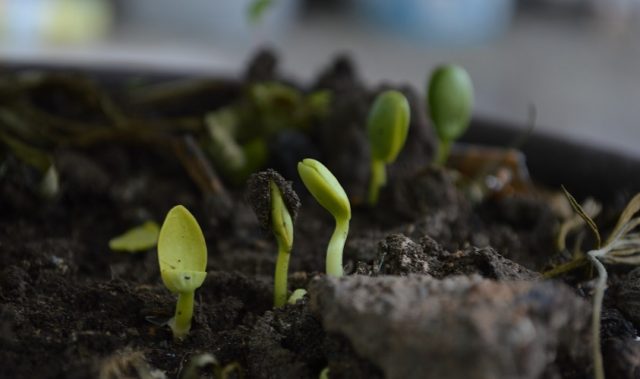
AsianScientist (Dec. 29, 2016) – Researchers from the Northwest Agriculture and Forestry University in Yangling, China have identified the genes involved in creating sweet jujube fruits with the right amount of tartness. Their findings have been published in PLOS Genetics.
Humans love fruits with the right balance of sweetness and acidity, but the role played by genetics in turning a sour wild fruit into a sweet, domesticated one is not well understood. Researchers sequenced the Chinese jujube (Ziziphus jujuba Mill.), an economically important fruit tree crop in China, as well as 31 cultivated and wild varieties of the fruit, to gain insight into its domestication process.
The genome sequences showed that cultivated jujube plants interbred with wild varieties several times during its history of human cultivation. Comparative analysis of the genomes also revealed that a type of jujube that is eaten fresh and has a crisper texture, called ‘Dongzao,’ has a recent insertion into its genome that the ‘Junzao’ variety, which is eaten dried, does not have.
The researchers found that genes involved in fruit sugar content and acid metabolism are located in genomic regions that are identical between varieties, showing that once humans had identified a jujube plant with a sweeter taste, only plants with those genes became widely cultivated.
The study provides insights into how the jujube has evolved under human cultivation and the role of domestication in shaping its genome. The work also provides a valuable genomic resource for breeders working to create improved jujube varieties, and may be applicable to the study of other fruit trees, such as apples, which are under intensive breeding to produce fruit with the best flavor.
The article can be found at: Huang et al. (2016) The Jujube Genome Provides Insights into Genome Evolution and the Domestication of Sweetness/Acidity Taste in Fruit Trees.
———
Source: PLOS; Photo: Li Xingang/PLOS.
Disclaimer: This article does not necessarily reflect the views of AsianScientist or its staff.












